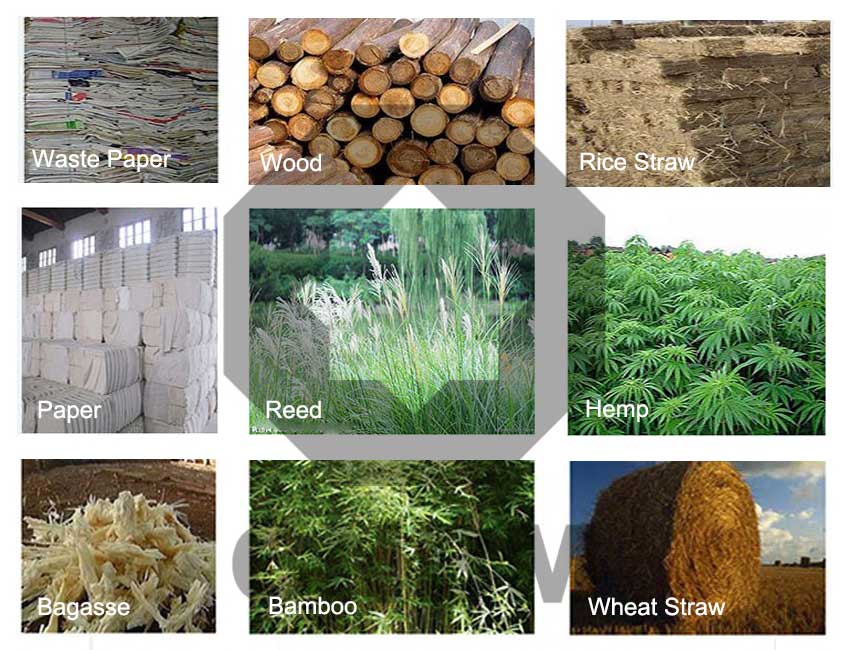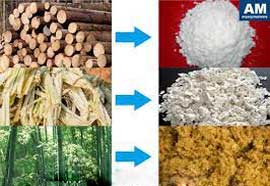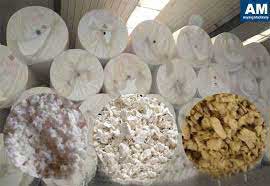The Raw Materials of Pulping: A Guide for the Paper Industry
The paper industry is a vital aspect of our daily lives, providing us with a wide range of products from books and newspapers to packaging materials. The process of pulping, which involves breaking down raw materials into a fibrous mass, is a crucial step in the production of paper. It is important for both paper producers and consumers to understand the various raw materials used in pulping as it affects the quality, cost, and sustainability of the final product.Types of Raw Materials in Pulping
Wood pulp
Wood pulp is the most commonly used raw material in the pulping process, accounting for around 60% of worldwide production. It is created by breaking down wood chips through chemical or mechanical processes. The resulting fibers have good tensile strength and are used to produce high-quality paper products like printing and writing paper. However, the use of wood pulp is not without drawbacks, including high production costs and negative environmental impacts such as deforestation.Non-wood pulp
An alternative to wood pulp is non-wood pulps, which are made from alternative sources of fibers such as bamboo, hemp, and agricultural residues. Compared to wood pulp, non-wood pulps have different properties, including lower tensile strength, but offer advantages like lower production costs and a smaller environmental impact.
Recycled pulp
Another option for raw materials in the pulping process is recycled pulp, which is made by breaking down used paper products and processing them into new pulp. The use of recycled pulp has several sustainability benefits, including reducing waste and conserving natural resources. However, the quality of recycled pulp can be inconsistent, and the process of making it can be more complex and costly compared to using virgin fibers.Factors that Affect Raw Material Selection
The selection of raw materials for pulping is influenced by a variety of factors, including quality requirements, cost, and availability. The quality of the final paper product is determined by the properties of the fibers, including strength, whiteness, and brightness. Paper producers must consider these factors when choosing raw materials to ensure the final product meets their desired specifications.Cost is another significant factor in raw material selection, as different types of pulps have varying production costs. For instance, wood pulp is typically more expensive than non-wood pulps or recycled fibers. This cost difference can affect the competitiveness of the paper industry and drive producers to choose the most cost-effective raw materials.
Finally, availability is a critical factor in raw material selection as the supply of raw materials can vary based on regional and global trends. For example, changes in the availability of wood pulp due to deforestation or shifts in demand for non-wood pulps can impact the pulping process and influence the choice of raw materials.
In conclusion, the raw materials used in the pulping process play a crucial role in determining the quality, cost, and sustainability of the final paper product. Understanding the various types of raw materials and the factors that influence their selection is important for both paper producers and consumers. As the demand for paper products continues to grow, we can expect to see continued innovation and development in the pulping industry, including the use of new and more sustainable raw materials.



